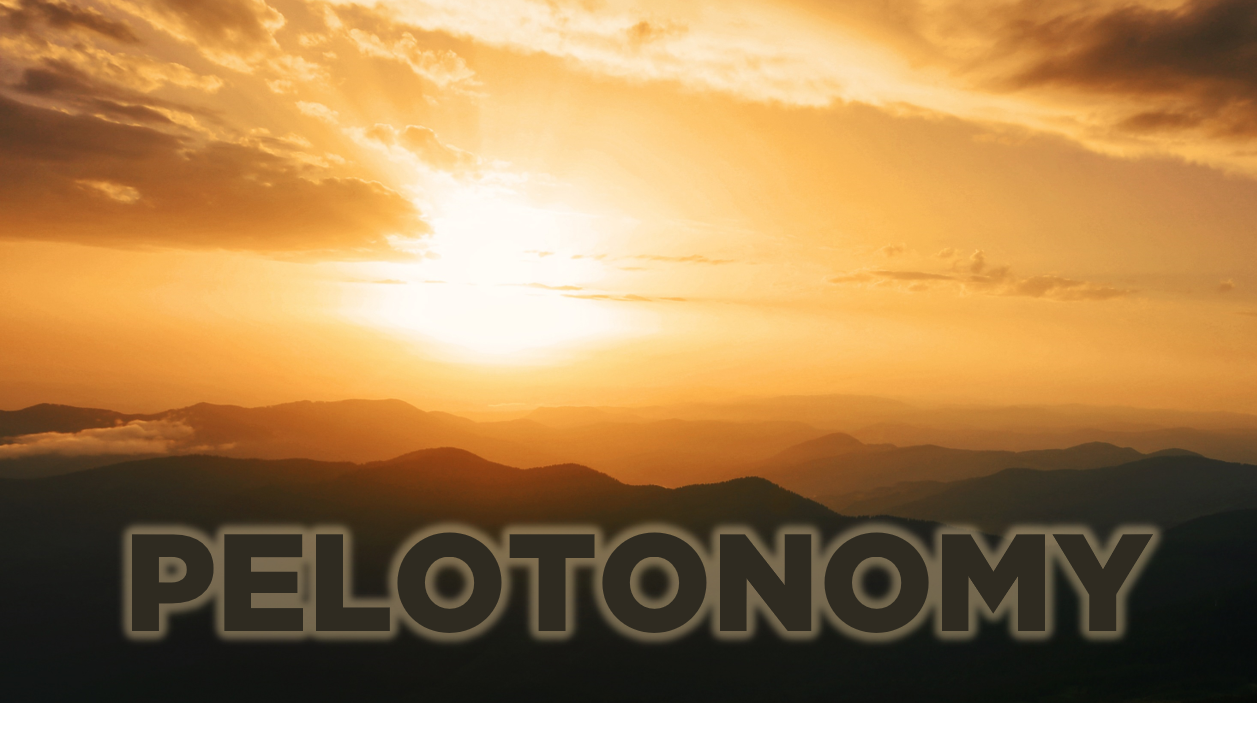Science fiction writer William Gibson once said presciently, “The future is already here, it’s just not very evenly distributed.”
Gibson happened to be referencing nascent technologies in the 1990s like virtual reality, but his sentiment resonates today. The global pandemic is driving years’ worth of digital transformation in months. Like accelerated time lapse photography, experiences like live video interaction have penetrated the mass market. Teleporting individuals into a virtual studio propelled the likes of Peloton into unicorn territory, creating in its wake an exciting new economy: the Pelotonomy.
The Pelotonomy represents the propagation of services delivered over live video down market and to long-tail or niche businesses. Community fitness studios, the local music teacher, and math tutors are migrating the delivery of their traditional in-person services into digital, video-enabled experiences. Thousands of primary and secondary schools are investing to unlock the ability to deliver classes remotely. This is all happening at an accelerated pace, with millions of consumers experiencing services being delivered over live video for the first time.
Granted, the idea is not new. In addition to Peloton, we can all list successful well-funded companies delivering on this promise several years ago (Kahn Academy, Masterclass, online-only University degrees and more). However, two key drivers of change are now fueling the Pelotonomy:
-
Born out of necessity, the mass market demonstrated a willingness, desire, and even a preference for the convenience of remote, live-streamed service delivery; and,
-
Technology platforms are evolving to enable smaller businesses to economically deliver services virtually and to even advise them on how to do so successfully.
The COVID-Pelotonomy Boost
Ten months into the pandemic, consumers are now accustomed to, and comfortable with, paying upwards of $200 for interactive or “augmented-live” experiences like working out, taking a cooking class, or attending a concert.
But many businesses were left behind. The sudden lockdown hurt those that did not have the financial capital or technical know-how to quickly transition to digitally delivered services.
Independent gym operators, local art studios, even individual music teachers didn’t know where to turn. To stay relevant—and in business—they found themselves stitching together inefficient offerings like Zoom for live instruction and Venmo for online payments.
The pandemic taught most businesses, schools, cultural organizations (and even local government) that video can deliver an interactive human experience, add value and even expand the audience due to convenience and customization. This new way of living and doing business is here to stay and doing it right will be a “must” as we return to post pandemic normality. Video will not fully replace in-person experiences, but it will become a must-have feature to augment and even enhance everyday activities. Imagine access to video content or live video classes as included with your premium gym subscription.
Democratizing Video
Historically, capital-rich companies, like Peloton, built the end-to-end platform needed to stream live, interactive video to thousands of endpoints simultaneously. But for smaller organizations, this was not an option or risk worth taking. Herein lies the challenge and the opportunity.
Startups and established players alike are democratizing video enablement and further driving innovation to the mass market. Brightcove, Boxcast, Panopto, Zype, Dacast and other video streaming service providers are unlocking the value of the platforms for smaller businesses and consumers. They’re providing turnkey, white-label video services—and smaller companies are now able to leverage this technology to enhance their offering and attract customers.
We’re now seeing religious organizations, municipalities, schools, and independent fitness studios adopt SaaS-driven video solutions that:
-
Address specific “point” needs like video capturing, encoding, storing, distributing, and monetization opportunities
-
Can be packaged together for an end-to-end solution, and
-
Provide ease-of-use and 24-7 customer service they need to tackle deploying the technology.
The Future Is Now
Video is a horizontal solution that will progress to vertically optimized services. Video enablement providers will expand and evolve. Prices will come down. Knowledge and experience with tools will continue to grow. Companies will integrate video and not only rebuild their customer base but will likely expand their audience. We will see live and on demand video help drive sustainable growth and mitigate the after-effects of COVID-19.
At Edison Partners, we see real investment potential in the Pelotonomy.
In truth, the future is written in the present. We’re proud to help companies serve their customers and support the entrepreneurs that will propel the next wave of innovation.
As always, we welcome your opinion and ideas.


